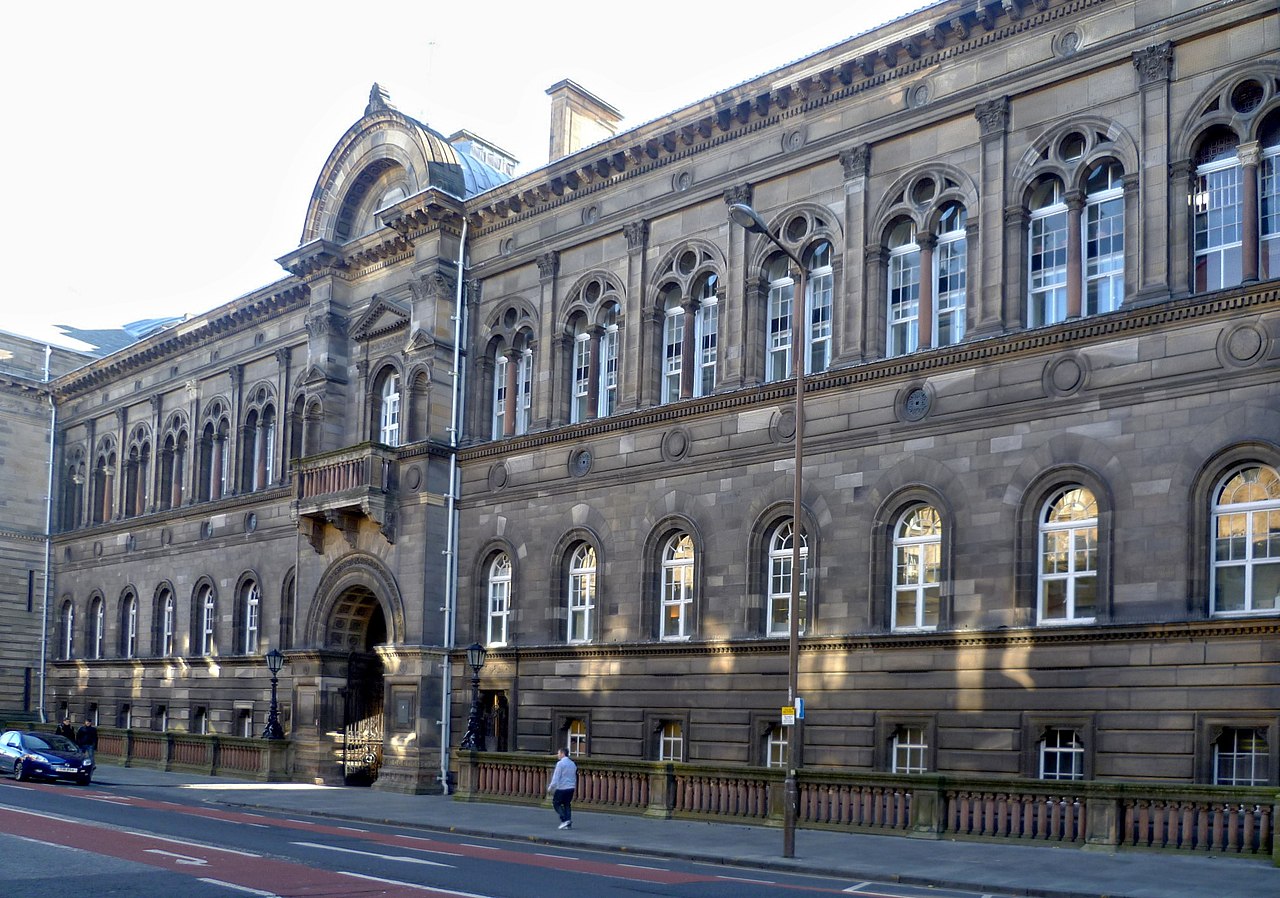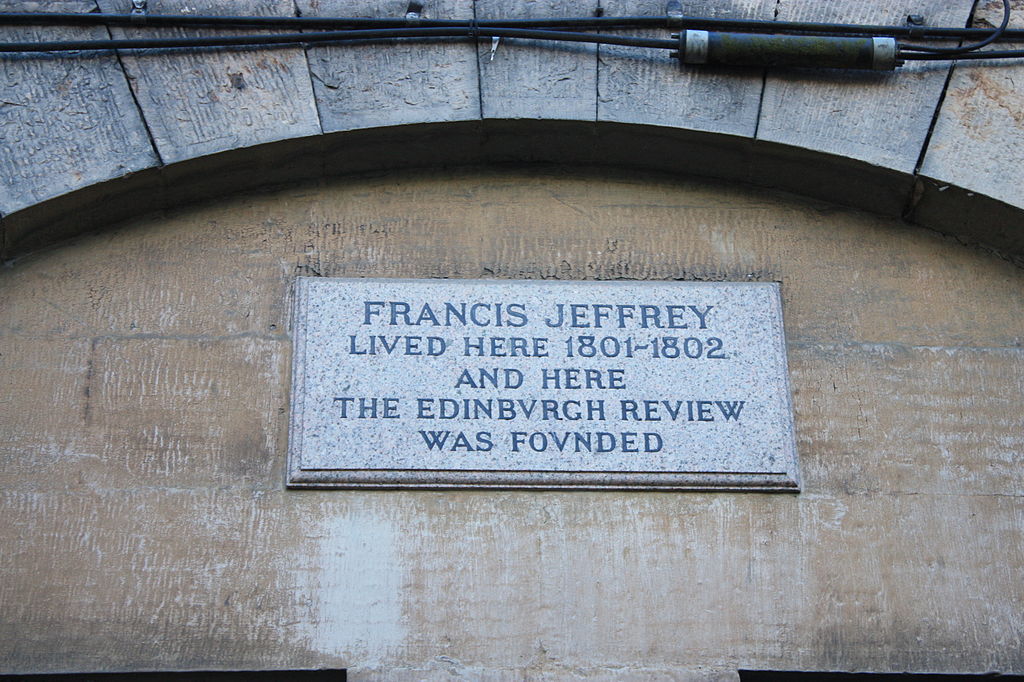
Francis Jeffrey Plaque
Photograph: Stephencdickson, Wikimedia Commons (BY-SA)
The Edinburgh Review
Precursors of the famous Edinburgh Review had appeared since 1755 at the behest of the Select Society, but the third version established by Francis Jeffrey (1773 – 1850) in 1802 became an influential propagator of liberal ideas of the Enlightenment. According to the preface of the inaugural issue in 1755, the journal's purpose was to "demonstrate 'the progressive state of learning in this country' and thereby to incite Scots 'to a more eager pursuit of learning, to distinguish themselves, and to do honour to their country.'" The third version, founded at 18 Buccleugh Place took as its motto "judex damnatur cum nocens absolvitur" (the judge is condemned when the guilty is acquitted) from Publilius Syrus. The magazine ceased publication in 1929, but a New Edinburgh Review was established in 1969 with the motto "To gather all the rays of culture into one."
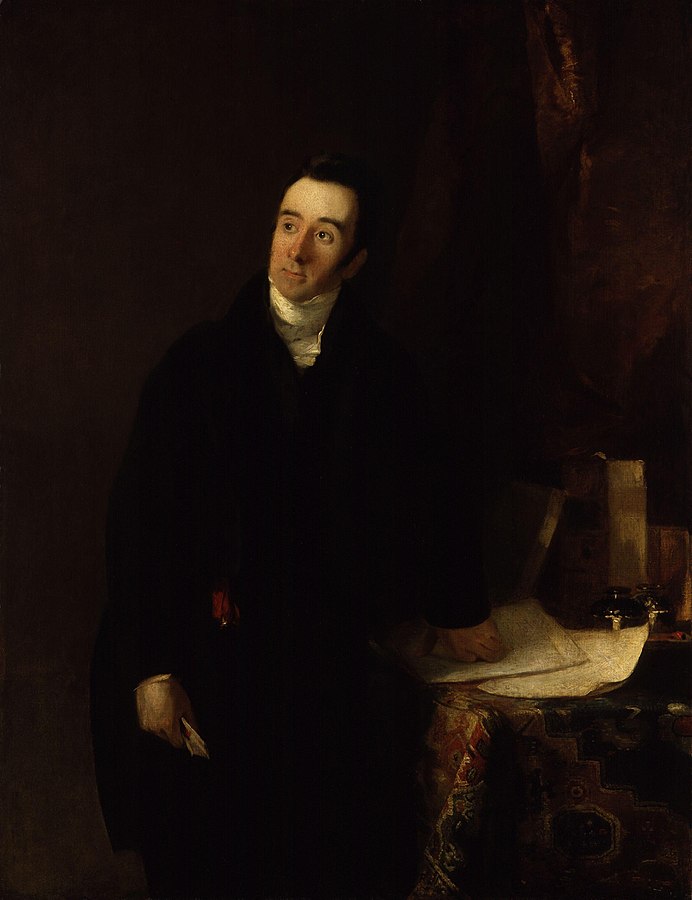
Lord Francis Jeffrey by Andrew Geddes (Died 1844),
London, National Portrait Gallery
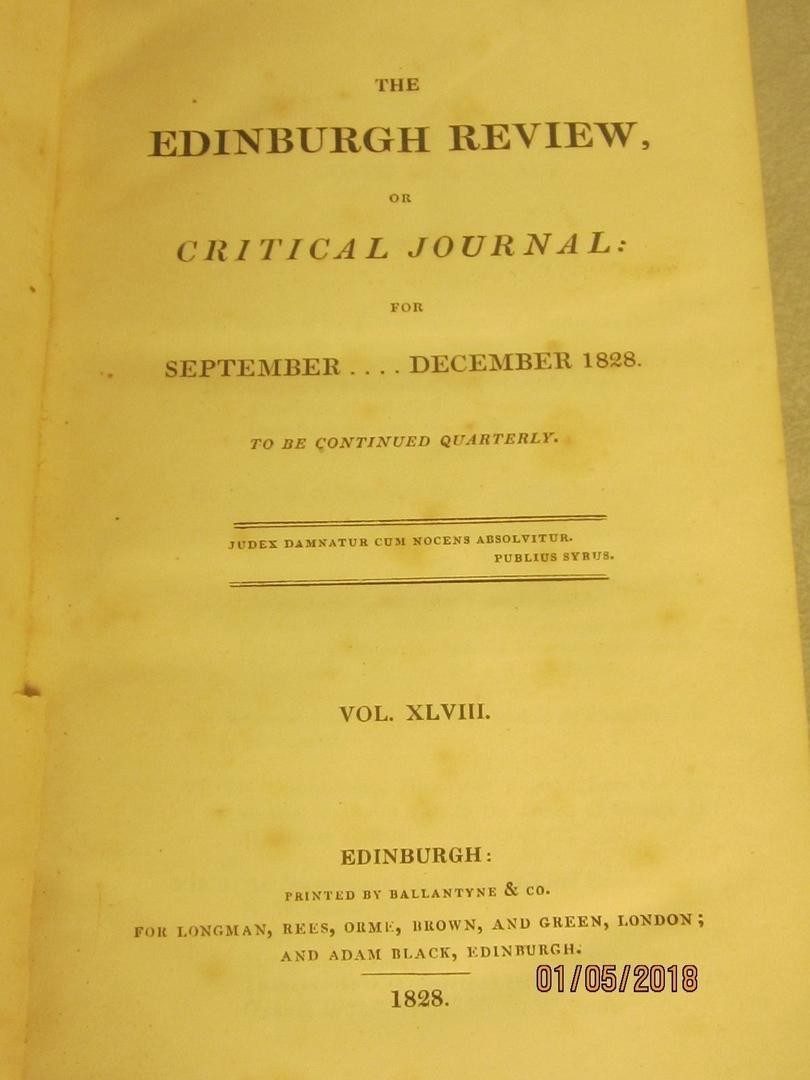
The Edinburgh Review
Walk west on Buccleuch Place for 50 metres.
Turn right to stay on Buccleuch Place and continue for 30 metres.
Turn left and take the stairs continuing for 150 metres.
Turn right and walk 50 metres and you will find the Adam ferguson Building on the South side of George Square.
George Square
You are now standing in George Square, the building of which began in 1766. It became a haven for the city's elite, trying to escape the overcrowding and squalor of the Old Town. It was designed by the architect James Brown and named after his brother George. Nowadays all its buildings belong to Edinburgh University and new construction has been added, including the Adam Ferguson Building on the north side of the square.
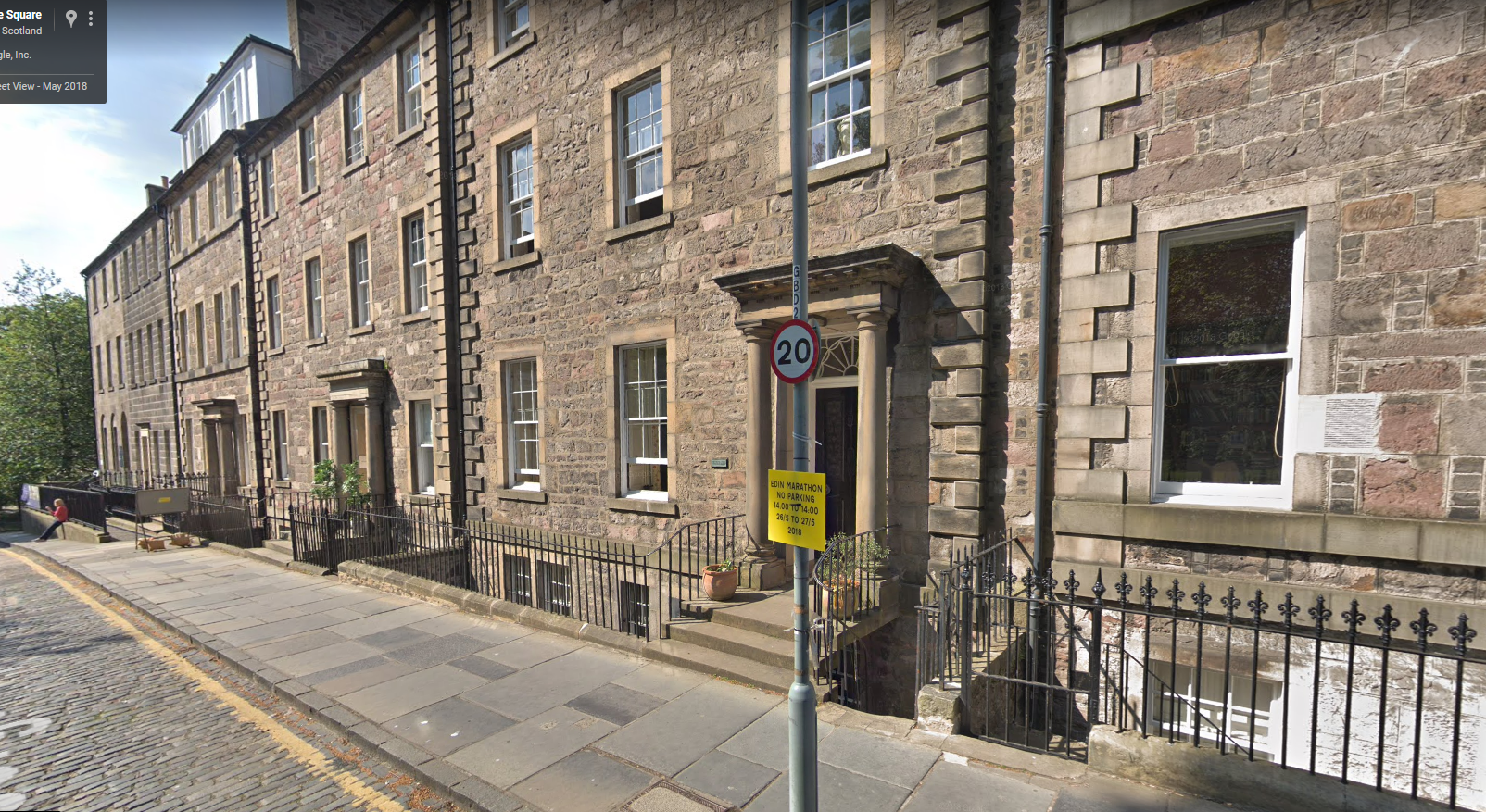
George Square
Google Maps Street View
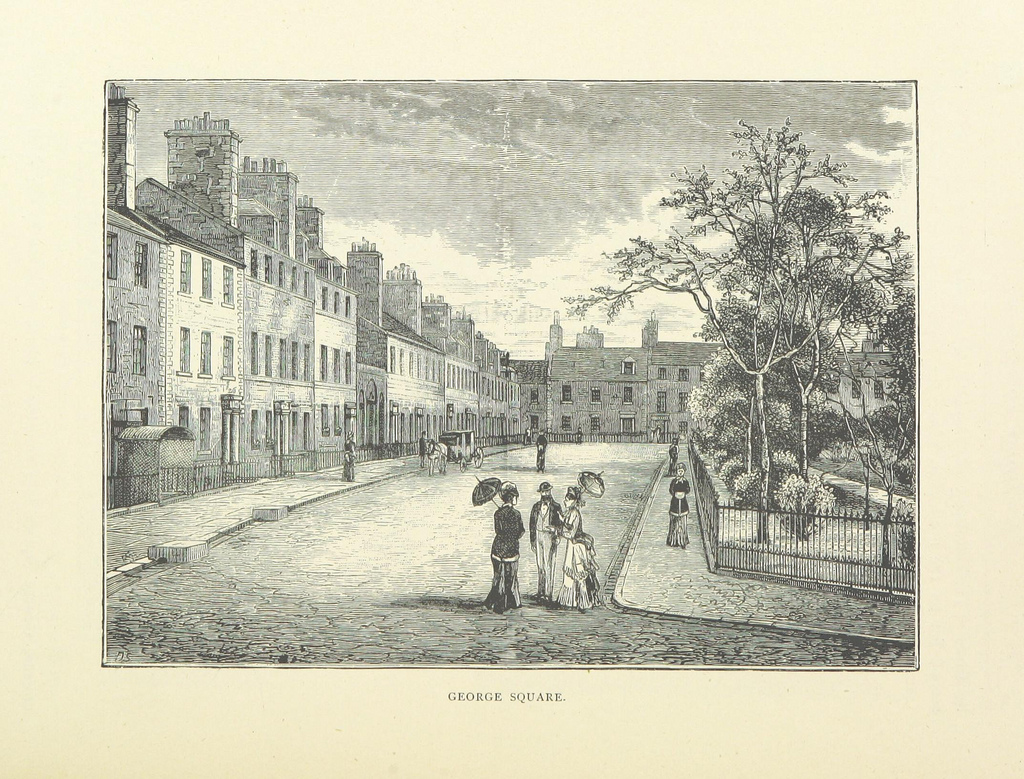
George Square in the 19th century
Cassell's Old and new Edinburgh: its history, its people, and its places, 1822-1887
Known as "the father of modern sociology" Adam Ferguson (1723 – 1816) eventually became professor of natural philosophy at Edinburgh University in 1759, moving on to the chair of "pneumatics" and moral philosophy in 1764. His most famous work was An Essay on the History of Civil Society published in 1767, which re-established the classical concepts of civic republicanism. He also complemented the thinking of Adam Smith by placing more emphasis on technical innovation than on the accumulation of capital as drivers of growth and he openly criticized the excesses of commercialism, saying "In every commercial state, notwithstanding any pretension to equal rights, the exaltation of a few must depress the many." In the third edition of An Essay on the History of Civil Society, published in 1773, he further famously stated that "The attainments of the parent do not descend in the blood of his children, nor is the progress of man to be considered as a physical mutation of the species."
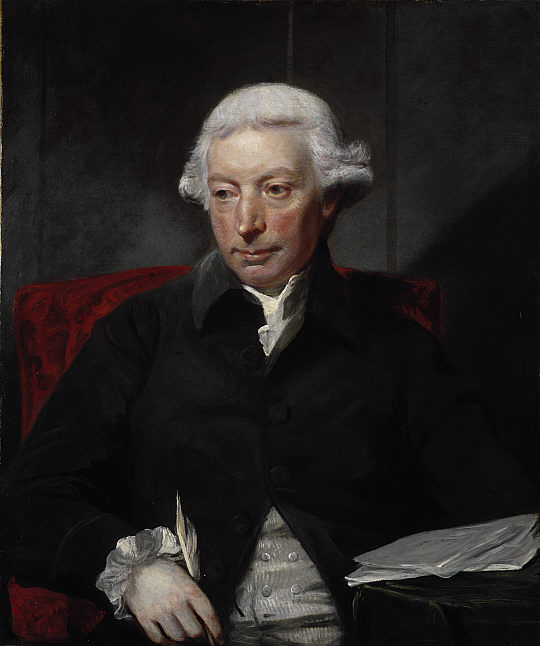
Portrait of Adam Ferguson by Joshua Reynolds
Public domain, Wikimedia Commons
While you are in George Square take note of the plaque at No. 25, where Sir Walter Scott lived between 1774 and 1797.
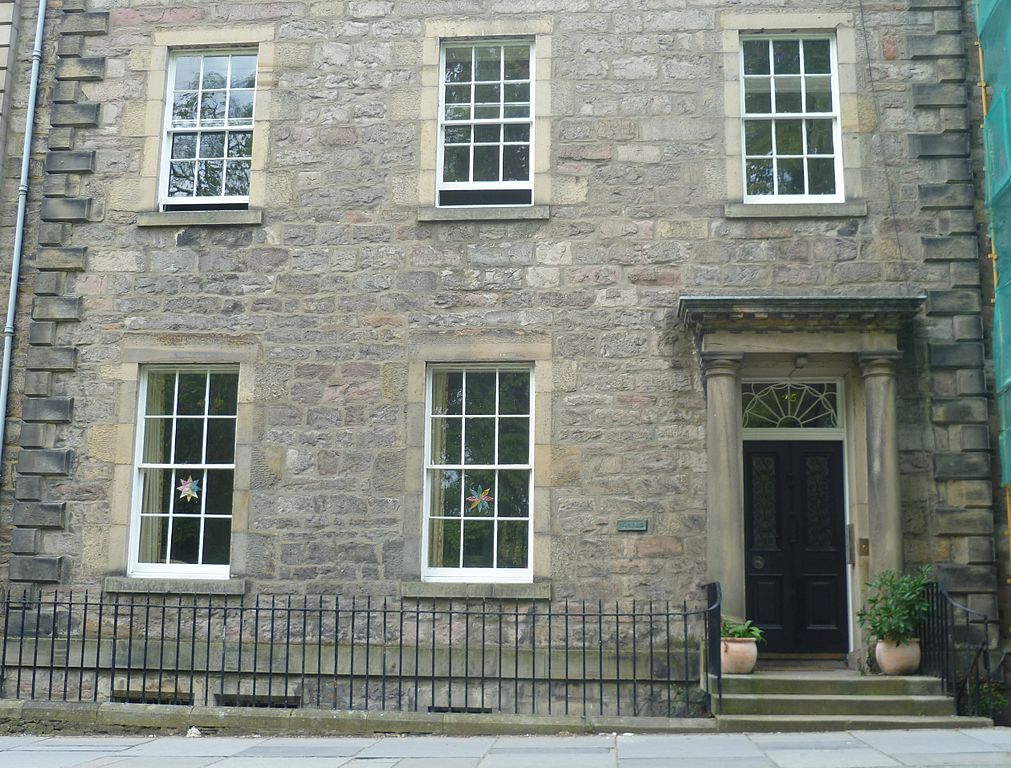
The Home of Walter Scott
Photograph: Kim Traynor, Wikimedia Commons (BY-SA)
